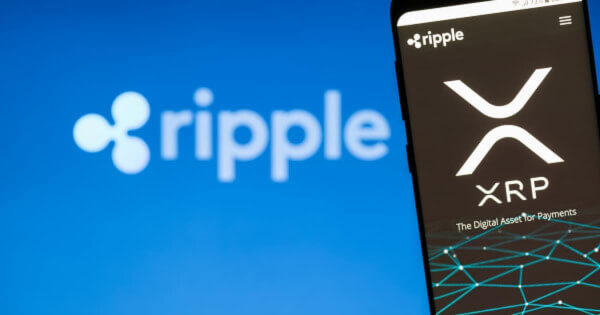Alvin Lang
Jul 20, 2024 04:46
Ripple (XRP) aims to revolutionize financial services using blockchain and digital assets, focusing on institutional DeFi, cross-border payments, and stablecoins.
Ripple (XRP), a pioneer in blockchain technology, is making significant strides in transforming the financial infrastructure by leveraging blockchain and digital assets. Founded on the belief that blockchain would become the backbone of global financial services, Ripple aims to create more affordable and accessible financial solutions for individuals and businesses worldwide, according to ripple.com.
Institutional DeFi and Market Evolution
Initially, Ripple focused on the potential of institutional decentralized finance (DeFi) to foster a more equitable financial system. At the time, the cryptocurrency and blockchain sectors were in their infancy, lacking the necessary infrastructure, liquidity, and regulatory clarity for widespread institutional adoption. Fast forward over a decade, and the landscape has dramatically evolved with the approval of Bitcoin (BTC) and Ethereum (ETH) Spot ETFs in the U.S., and major financial entities like BlackRock and Fidelity entering the crypto space.
Ripple’s Product Suite Evolution
Ripple’s initial foray into blockchain was through cross-border payments, utilizing the XRP Ledger (XRPL) and its native digital asset, XRP. The XRPL’s inherent features of speed, low cost, transparency, and scalability made it an ideal solution for the inefficiencies of traditional financial systems. Today, Ripple’s cross-border payments solution covers over 80 payout markets, representing more than 90% of daily foreign exchange markets, and processes over $50 billion in volume.
Expanding beyond payments, Ripple now offers a comprehensive suite of digital asset infrastructure services, including on- and off-ramps, custody, and liquidity solutions. The acquisition of Metaco in 2023, a digital asset custody technology provider, further strengthened Ripple’s capabilities, positioning it as a leader in secure and compliant digital asset infrastructure.
Bridging Traditional Finance and Crypto
Ripple’s commitment to bridging traditional finance (TradFi) and crypto is evident in its recent announcement to launch a stablecoin, Ripple USD (RLUSD), on the XRP Ledger and Ethereum blockchains. This initiative aims to integrate RLUSD into Ripple Payments, alongside XRP, to meet the evolving needs of cross-border payments customers.
The XRPL is favored for institutional DeFi use cases due to its reliability, high performance, and low transaction costs. The introduction of high-quality stablecoins on the XRPL is expected to unlock new capabilities and use cases for DeFi developers, further enhancing liquidity and efficiency in global payments.
XRP Ledger: Built for Business
The XRP Ledger remains the cornerstone of Ripple’s offerings, known for its robustness, efficiency, and scalability. Since its inception in 2012, XRPL has processed over 2.8 billion transactions without failure or security breaches. It also features a built-in decentralized exchange (DEX), allowing users to trade any type of token without intermediaries.
Ripple, along with other projects like Zoniqx, Orchestra Finance, and CredeFi, is leveraging XRPL to develop modern financial tools. The integration of XRPL’s advanced features into Ripple’s business aims to bring the benefits of decentralized finance to a broader audience in a secure and compliant manner.
Future Prospects
Ripple continues to position itself as a leading digital asset infrastructure provider, focusing on long-term collaboration with financial institutions, regulators, and policymakers. The company’s ambition is to be the go-to provider for enterprises looking to integrate blockchain technology without the need for extensive in-house expertise or resources.
By bridging the gap between traditional finance and Web3, Ripple aims to provide faster, better, and more cost-effective financial services. The company’s ongoing innovation and customer-focused solutions are set to play a pivotal role in the future of global financial infrastructure.
Image source: Shutterstock



